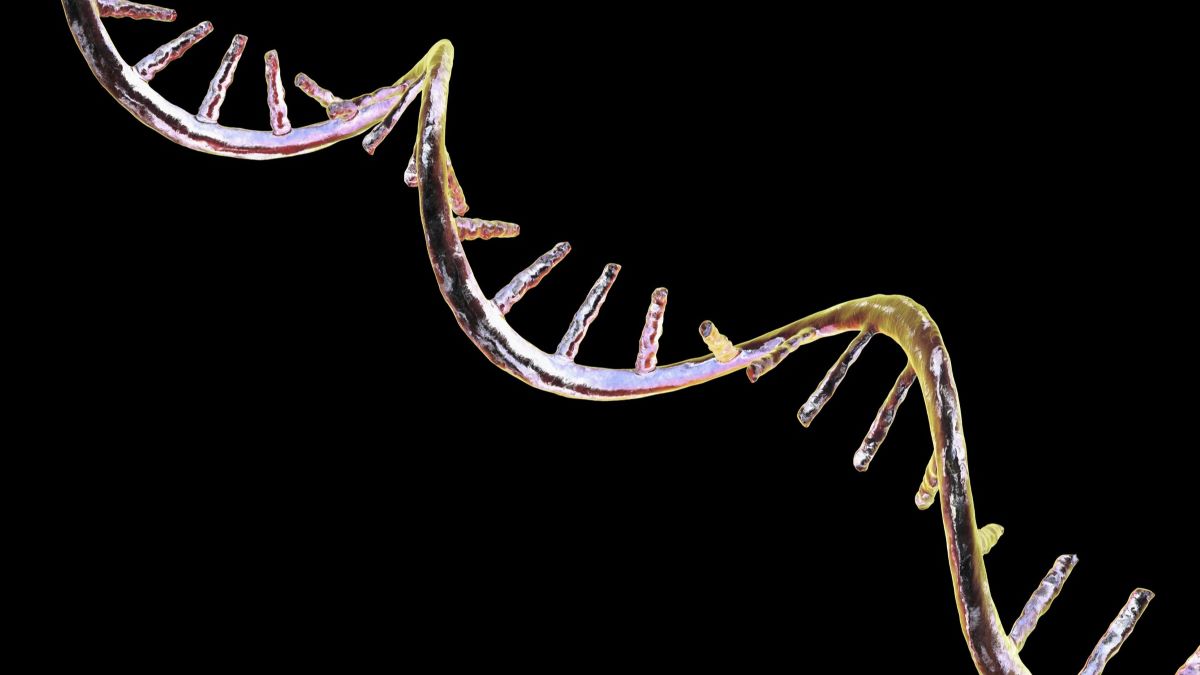
the mathematical architecture and the building blocks of the theories like
Superposition theorem and Perturbation Theorem.
further delay, let’s dive in…
start by considerations as we all know that physics is full of that!!!
are two wave functions 𝝍ₙ and 𝝍ₖ. Both satisfy the Schrodinger’s equation for some
potential V(x).
Eₖ respectively then
Orthogonality theorem states that
(1)
Here, the limits
of the integral is the limit of the system and 𝝍ₖ* is the imaginary part of 𝝍ₖ.
its Orthogonality theorem’s main statement. But we are here to derive it
also…so let’s finish this task….
the above-mentioned wave functions obey the Schrodinger’s equations so,
– (ħ²/2m)(d²𝝍ₙ/dx²) + V(x) 𝝍ₙ = Eₙ 𝝍ₙ (2)
– (ħ²/2m)(d²𝝍ₖ/dx²) + V(x) 𝝍ₖ = Eₖ 𝝍ₖ (3)
multiply 𝝍ₖ* and 𝝍ₙ with eq. (2) and the complex conjugate of eq.(3) and then separate
V(x) by subtracting eq.(3) from eq.(2). After all these jumble operations, we
get this expression…
– (ħ²/2m)[ 𝝍ₖ* (d²𝝍ₙ/dx²) – 𝝍ₙ( d²𝝍ₖ/dx²) ] = (Eₙ – Eₖ) 𝝍ₖ* 𝝍ₙ (4)
integrate this beautiful expression. The limits should be relevant to the
problem or situation. After integrating we get….
– (ħ²/2m) ∫ [ 𝝍ₖ* (d²𝝍ₙ/dx²) – 𝝍ₙ( d² 𝝍ₖ/dx²) ] dx= (Eₙ – Eₖ) ∫ 𝝍ₖ* 𝝍ₙ (5)
almost there and just a few steps away from deriving the ‘pillar’ condition for
the theorem!!!
left side of Eq. (5)…
basic calculus we can write the left side of eq.(5) as …
– (ħ²/2m) ∫ (d/dx)[ 𝝍ₖ* (d𝝍ₙ/dx) – 𝝍ₙ(d𝝍ₖ/dx) ] dx
(6)
transforms into…
correct assumption then the wave functions vanish asymptotically and eq.(7)
will be equal to 0. This will mainly occur in boundaries.
mathematical drama our lovely eq.(5)
finally converts into this expression….
(8)
eq.(1).
that, any set of functions 𝜓ⱼ (x) such that any two numbers
of the set obey an integral constraint of this form is said to constitute an orthogonal set of functions.
called an orthonormal set of functions and the expression for Orthogonality in
this case can be expressed by Dirac Notation as follows:
the Kronecker Delta and defined by:
helps us to answers an important question, i.e. why two wave functions don’t overlap
each other? But, now with the help of the above derivation, we found out that
only and only if parameter k and n are same then only the integral of eq.(9)
will have some value. Otherwise, it will be zero. Also from eq.(8), we can say
that Eₙ ≠ Eₖ and it proves our statement.
you need to know about Orthogonality and Orthonormality to start understanding
the mathematical structure of Quantum Superposition and Perturbation theorem.
Till now, on this website I only explored the theoretical side of the
Superposition, but now onwards I will try to explain the mathematical architecture
of it. So, be with me and we will explore this together.
So, don’t forget to subscribe to our website and follow me on social media for updates…..
Thanks for Reading!!!
Check out my other blog posts!!!
Don’t forget to share this post in your social media handles to enrich everyone’s knowledge!!!
-Ratnadeep Das Choudhury
Founder and writer of The Dynamic Frequency









Leave a Comment